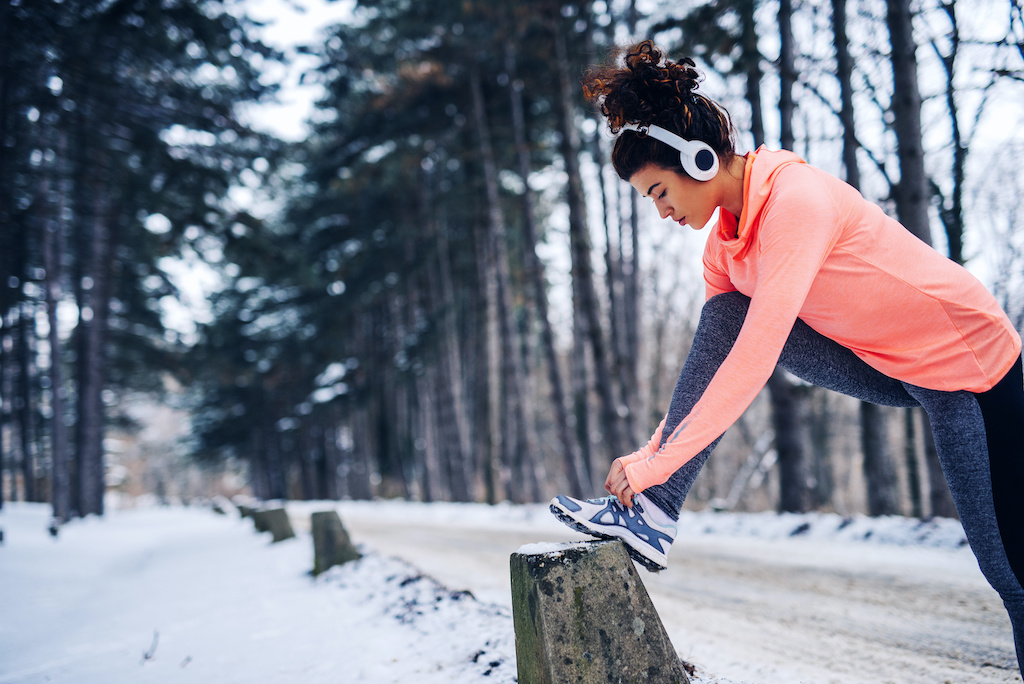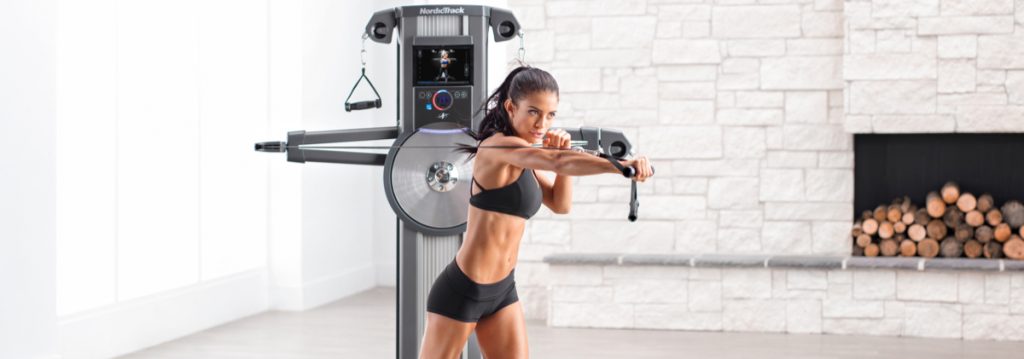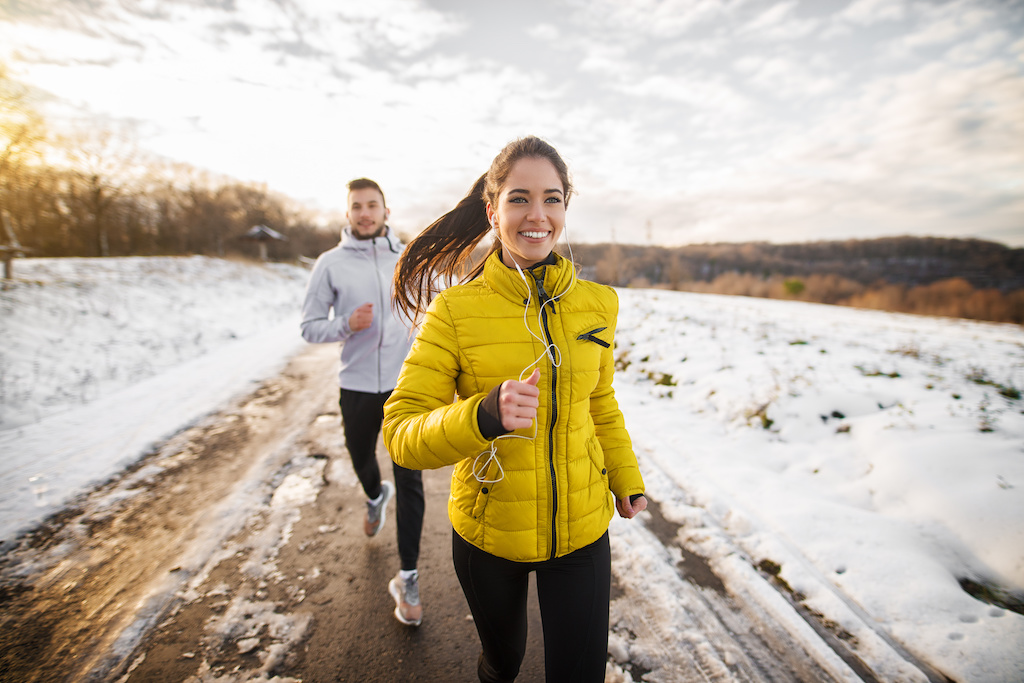Are you ready for the winter sports season? With these tips, you can set up an optimal schedule so you can prepare for skiing: cardio, flexibility, muscle strengthening, balance, equipment to face the cold… nothing has been left to chance. All that remains is for you to train.
Preparing for winter sports: timing it right

To be in shape, have fun and limit the risk of accidents, the Mountain Doctors Association recommend that you train every day or at least 2 to 3 times a week before doing winter sports.
Why prepare in advance for winter sports?
Winter sports are generally intense. They require specific muscle groups, which few non-athletes are used to working on a daily basis. They are also often performed at altitude, where fatigue and shortness of breath are felt more quickly.
In order to make the most of your holidays and to fully experience the invigorating sensations of winter sports, it is best to be well prepared and to get into good physical condition by training beforehand.
When should you start preparing?
Ideally, start your winter sports preparation programme 1 or even 2 months before departure, in any case no later than 3 weeks before D-day. Of course, the ideal remains to practice a physical activity regularly throughout the year.
Once there, remember to warm-up well before going out on the ski slopes and take the time to do some stretching after the session.
11 targeted exercises for training in preparation for winter sports

Winter sports mainly stress the muscles of the lower body and the abdominal muscles. Good flexibility and balance are also essential for having fun and limiting the risk of falling and injury. By incorporating muscle strengthening exercises and cardio-training sessions into your schedule, you should achieve satisfactory results within a few weeks.
3 lower body strength exercises
These 3 muscular strengthening exercises, which are easy to perform without equipment, particularly target the lower body muscle groups:
- Squats work the quadriceps and the buttocks, the muscles most used when skiing.
- Perform forward lunges alternating both legs to strengthen the buttocks, quadriceps and hamstrings. Alternate with side lunges.
- Try a chair exercise: sit with your back against a wall, your arms at your sides and your abdominal muscles contracted to work on your core. Maintain the position as long as possible.
3 cardio exercises
To work on your endurance and avoid being out of breath once you are at altitude, incorporate some cardio training exercises into your preparation programme:
- Skipping Rope: not very bulky, a skipping rope can be taken everywhere, to train at work, at home, and on the move… There is nothing like it to increase your heart rate, it’s a fun way to improve your cardio-respiratory capacities!
- Prepare some circuit training with a series of cardio exercises performed using your body weight: burpees, jumping jacks, mountain climbers, push-ups, knee lifts… With a programme like this performed several times a week, you will quickly make progress while also losing a few calories.
- If you have home fitness equipment, you have the best conditions for training at home: rowing machine, exercise bike, treadmill (why not use it at an incline to simulate the conditions of mountain terrain?), elliptical bike for a smooth workout…
3 exercises to work on flexibility
To increase your flexibility and optimise the range of your movements, yoga practice or stretching are your best assets:
- Alternate cat and cow positions to stretch your back: on all fours, alternately hollow out the back and round it while breathing deeply.
- Lying on your back, with your feet stretched against a wall, work your adductors by spreading them apart, then tightening your legs, leaving them well stretched.
- Standing or sitting on the floor with outstretched legs, try to reach your toes with your hands.
exercises to strengthen your balance
These next exercises will help you to improve your sense of balance:
- Balance yourself on one leg and close your eyes. Alternate between each leg.
- Try squats on one leg, going down as low as possible.
How to choose the right equipment for winter sports

For perfect winter sports preparation, you need to be well equipped. To fight effectively against the cold, choose multi-layered clothing:
- Warm and breathable underwear
- Jumper or waistcoat, also breathable
- Parka or down jacket or quilted coat that is both warm and water-repellent
- Ski trousers over leggings
- Warm and waterproof gloves
- Something to protect your head: balaclava or cap
You should also bring sun protection:
- Sunscreen cream
- Goggles or ski mask
- Etc.
If you regularly practice winter sports, it is better to invest in your own equipment. If not, simply ask about equipment rental offers available on site.
Check out our Fitness & Training page for more advice.
